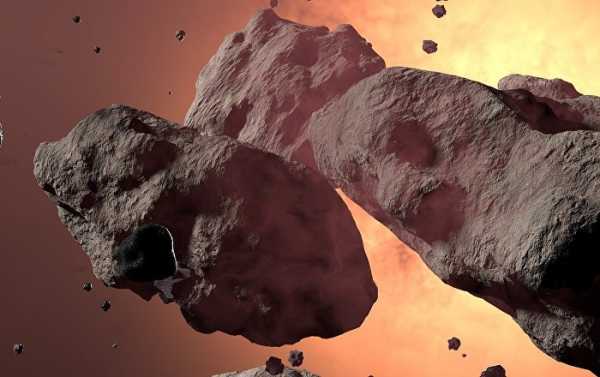
Over 100 of the biggest research telescopes have closed recently due to the COVID-19 pandemic, with observatory directors claiming they could be offline for months and “astronomical discoveries put on hold”.
Despite the COVID-19 pandemic and protocols implemented to stop the spread of the virus shutting down over 100 major telescopes, asteroid detection efforts continue online, despite being rendered more challenging, reports Astronomy magazine.
The coronavirus pandemic playing out on a global scale has in no way diminished efforts to hunt down the most dangerous space rocks that might potentially pose a threat to planet Earth.
NASA funds major asteroid-hunting efforts, keeping a lookout for some 90 percent of near-Earth objects (NEOs) – comets and asteroids – that are larger than 460 feet (140 meters) in diameter.
The agency relies on the twin Panoramic Survey Telescope and Rapid Response System (Pan-STARRS) telescopes in Hawaii, three Catalina Sky Survey (CSS) telescopes in Arizona, and NEOWISE, a NASA space telescope repurposed to hunt for near-Earth objects, to scan the skies for incoming space threats, with these efforts continuing despite the pandemic.
NASA’s Asteroid Hunters
Strategically situated on the summit of Haleakala mountain on the island of Maui, Hawaii, the two nearly identical 1.8-meter diameter telescopes Pan-STARRS1 and Pan-STARRS2 resort to wide-angle views and 1,400 megapixel digital cameras to map images of the skies.
With each image compared to existing catalogues, even the faintest light from earlier undetected asteroids can be zeroed in on.
The Catalina Sky Survey has two detection telescopes on Mount Lemmon in southern Arizona and detects numerous NEOs.
Following up on detected potentially hazardous space visitors is a vital aspect of the hunt for NEOs, as only observations of an object for multiple nights can hope to gather enough data to successfully characterise an asteroid’s size, composition and orbit.
“Each NEO candidate must be treated as if it were a potential impactor, until impact solutions can be ruled out,” Eric Christensen, head of the Catalina Sky Survey, was quoted by Astronomy as saying.
Telescopes on Lockdown
Data on new NEOs is typically sent to the Minor Planet Center, with follow-up worldwide observations tracking the objects’ trajectories in finer detail.
However, as most telescopes have been closed due to the pandemic, there are fewer instruments out there to conduct much-needed studies of newly-discovered objects.
The Catalina Sky Survey and Pan-STARRS are having to rely more on their own follow-up work, drastically diminishing their chances of making new discoveries.
One group that is still following up on new discoveries is the Las Cumbres Observatory global network. However, while it persists in keeping several of its telescopes running, many small, robotic telescopes have been shut down.
Ken Chambers, director of Pan-STARRS, added that social distancing restrictions that have brought maintenance work to a halt mean that the telescopes will only operate while the equipment continues to function.
Regarding the safety of staff, no two members of the telescope operating team can be in the same building at once, to rule out potential infection from the coronavirus.
Sourse: sputniknews.com
0.00 (0%) 0 votes


































